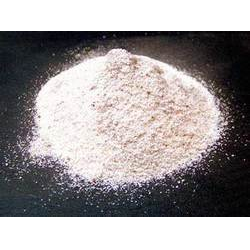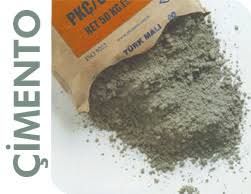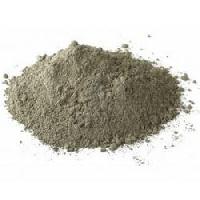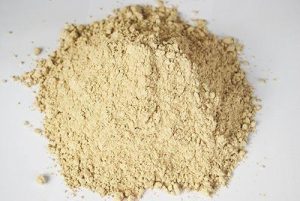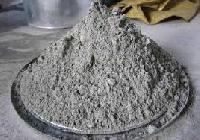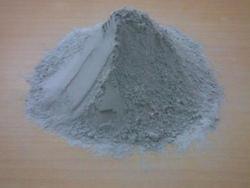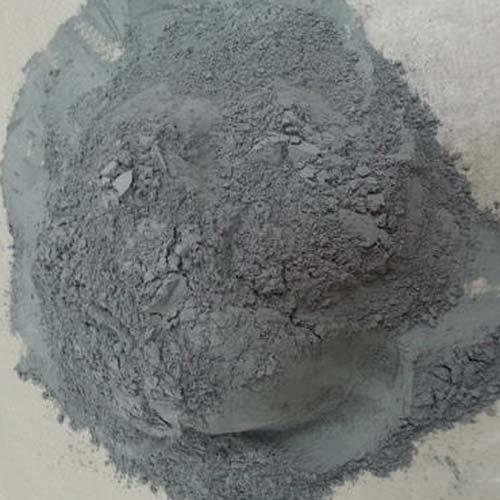In this article, we explain All types of cement and their uses in construction. like OPC CEMENT, PPC Cement, waterproof cement, low heat cement, etc.
Types of Cement:
- Ordinary Portland Cement
- Rapid Hardening Cement
- Quick Setting Cement
- Low Heat Cement
- Sulfate Resisting Cement
- Portland Pozzolana Cement
- High Alumina Cement
- Hydrophobic Cement
- High Strength Portland Cement
- Blast Furnace Slag Cement
- Expansive Cement
- Masonry Cement
- White Cement
- Water Proof Cement
1. Ordinary Portland Cement :
 |
| ORDINARY PORTLAND CEMENT |
- This Types of Cement is Used in all types of construction in areas where the impact of the sea and saline is high.
- 60% of the cement used in the country is Ordinary Portland Cement.
2. Rapid Harding Cement:
 |
| RAPID HARDENING CEMENT |
- It has C3S higher and C2S less.
- Hydration is faster and heat is higher generate.
- Generally 7 day after we get strength in OPC cement, where in Rapid Harding Cement we get strength in 3 day. Thus the strain shake is obtained quickly.
- Heat produces more so that the concrete cannot be used in mass construction.
Applications of Rapid hardening cement:
- where formwork is to be removed soon
- For road repair
- In cold weather
- For prefabricated units
3. Quick setting cement:
 |
| QUICK SETTING CEMENT |
- This types of cement, Setting quickly but not giving strength quickly.
- Aluminum sulfate is added
Applications of Quick setting cement:
- For underwater construction
- For Grouting
4.Low Heat Cement:
- C3S, C 3A have low proportions.
- C2S is higher in this cement.
- Hydration rate is slower and heat is less.
Applications of Low heat cement:
- Mass Concrete (dam)
- To prevent Sulphate attack
- For hot weather
5. Sulphate Resisting Cement:
 |
| SULFATE RESISTING CEMENT |
- The proportion of C3A is kept very low (up to 5%).
Applications of Sulfate resisting cement:
- Marine Conditions
- For Sewage Treatment Plant
- For RCC Pipes
- Base and Basement in Soil & Muddy Soil
6. Portland Pozzolana Cement:
 |
| PORTLAND POZZOLANA CEMENT |
- This cement is made by adding fly-ash powder in OPC. Or, made by cement grinding with Portland cement clinker, pozzolana and gypsum. Pozzolana should be greater than 10% and less than 25%.
- Natural Pozzolana material is clay, shale, pumice, volcanic ash.
- Artificial Pozzolana materal is Fly ash, Surkhi
Applications of Portland pozzolana Cement:
- For mass concrete construction
- For construction in seawater
- For Hydraulic construction
7.High Alumina Cement:
 |
| High Alumina Cement |
- In this cement have 40% bauxite, 40% lime, 15% iron oxide and 5% silica, magnesia etc.
- 80% strength is achieved in 24 hours which means rapid hardening quality.
Applications of High alumina cement:
- Concrete that can withstand temperatures of 1600 ° C.
- For marine construction this cement is suitable.
8. Hydrophobic Cement:
- During OPC clinker grinding, stearic acid, oleic acid, boric acid are added. This acid forms a layer around the cement particles that protects the cement from moisture in the air. Thus cement lengthen Can stand for a long time without the effect of moisture.
9. High strength Portland Cement:
- In OPC, the ratio of C2S is high and the concentration is 3500 cm / gm shows high strength.
Applications of High strength portland cement:
- For Prestress Concrete
- For Precast Concrete
- For Air Fieldworks
10. Blast furnace slag cement:
 |
| Blast furnace slag cement |
- This cement is made by mixing and grinding of the proper amount OPC clinker, gypsum and blast furnace slag.
- It produces less heat of hydration so it cannot be used in colder regions.
- Useful in Mass Concrete
- Used for construction in seawater.
11. Expansive Cement:
 |
| Expansive Cement |
- This cement is made by mixing OPC clinker, alumina cement, gypsum, etc. The cement concrete is compressed in the meantime. Expensive cement can be used to overcome this defect.
Applications of Expansive Cement:
- War time repairs
- Shrinkage repairs
- Cement stabilization
- Emergency works
12. Masonry cement :
- OPC clinker This cement is made by mixing inert materials such as limestone, dolomite gypsum, dolomitic lime, and air entailed plasticizer in the right mix. Lime motor, cement mortar, lime – can be used in place of cement mortar. These OPC defects such as compression cracks, workability defects, plastic mix, etc can be overcome with this cement.
- Widely used in the construction where low strength is required.
13. White Cement :
 |
| White Cement (IS: 8042 – 1989) |
- Keeping the content of iron oxide low during cement production does not give the gray color of cement.
- When using cement as an oil fuel instead of coal in the furnace, cement does not cause impurities and gives the color white.
- Used to fit glaze tiles and mosaic tiles.
14. Water Proof Cement:
 |
| Water Proof Cement |
- This cement is made by adding prepared gypsum to waterproof substances such as calcium stearate, aluminum stearate and tannic acid.
- This cement is used to suppress the permeability of concrete.
I am a Professional Civil & Structural Engineer having more than 4 years of experience in Engineering, Procurement and Construction industry. Here i sharing the latest updates of EPC Projects and Construction News.
Related

